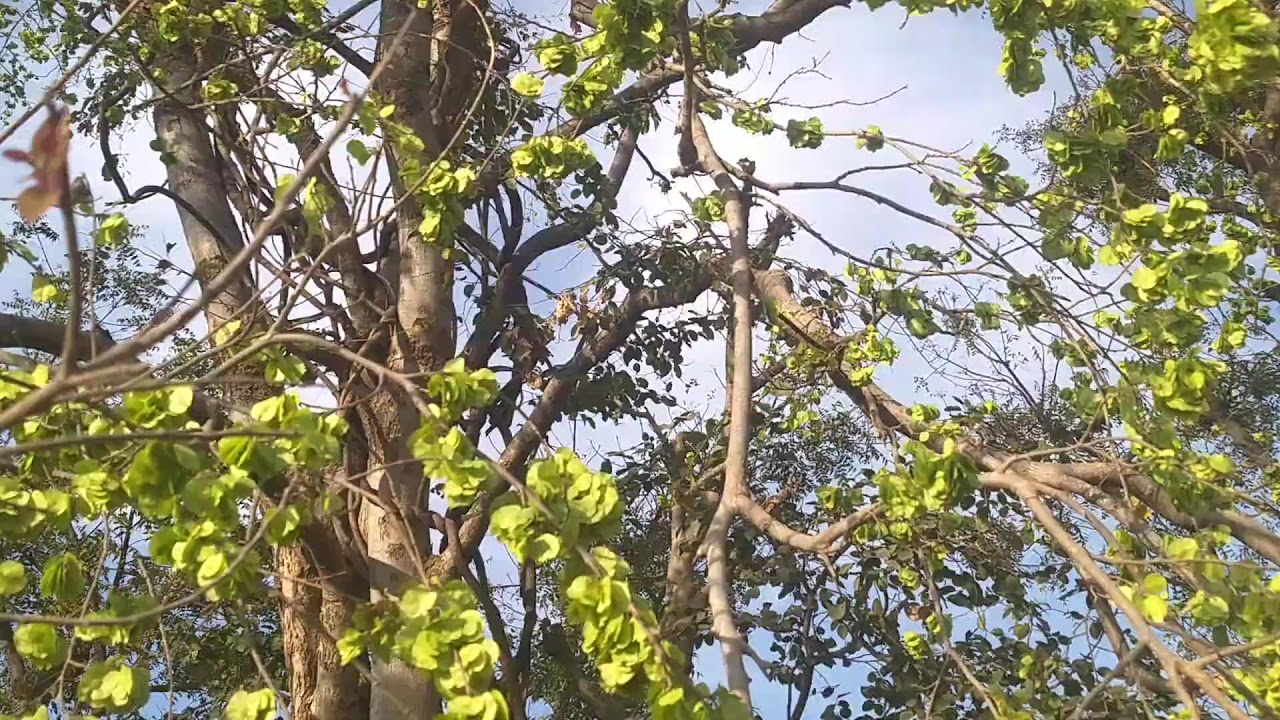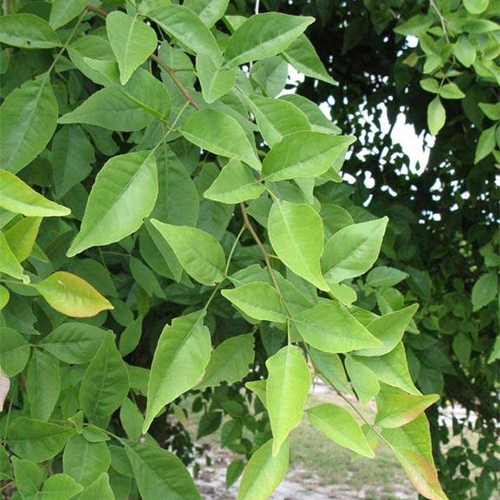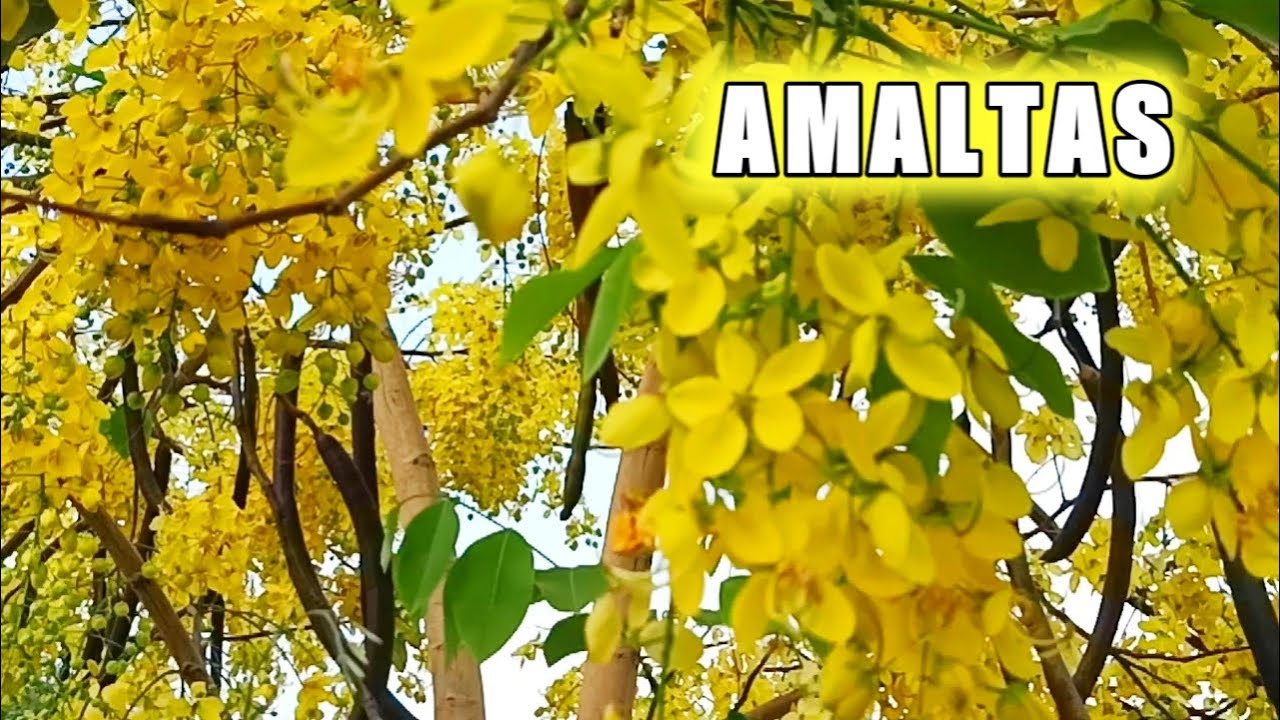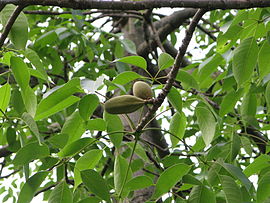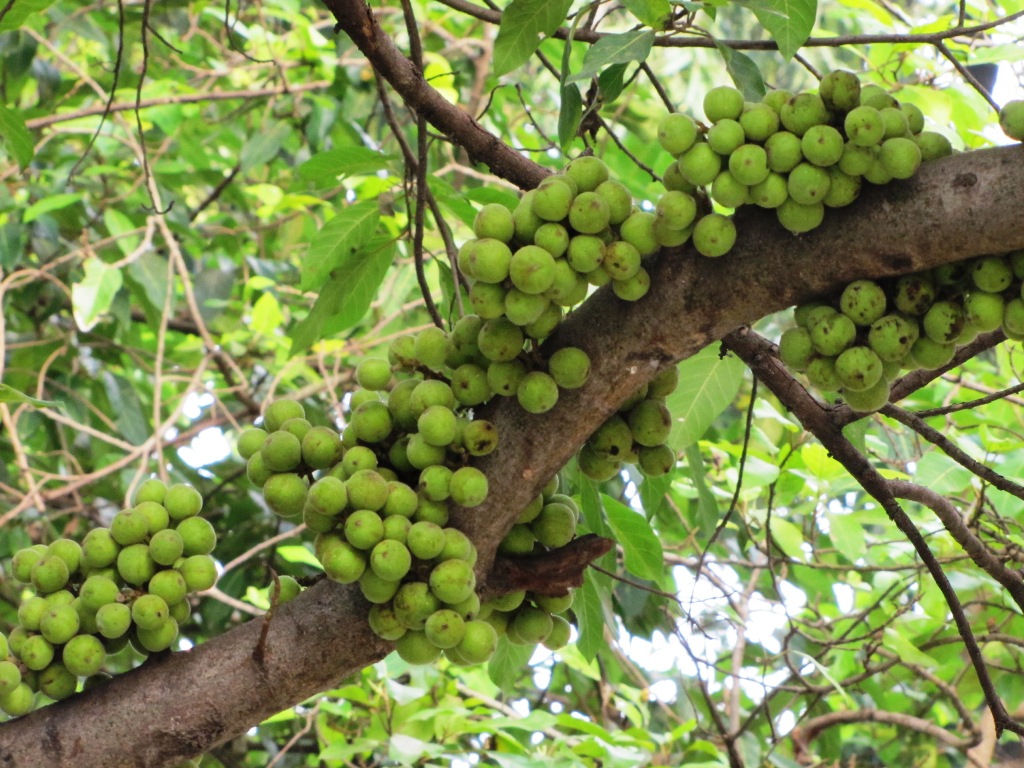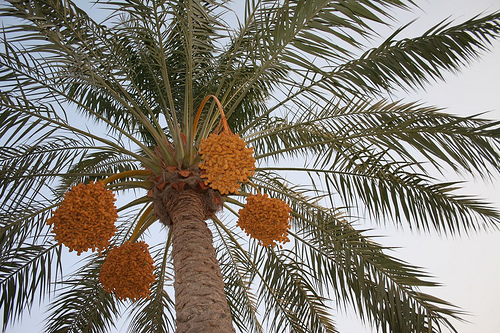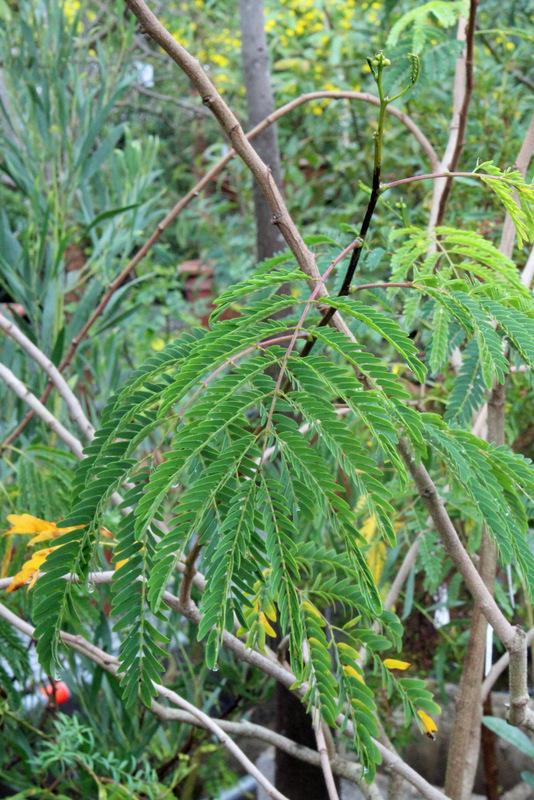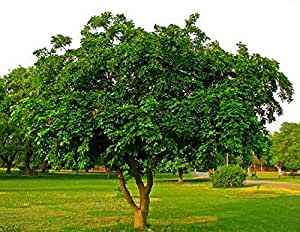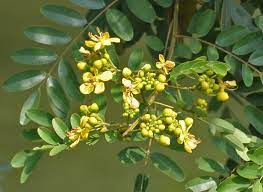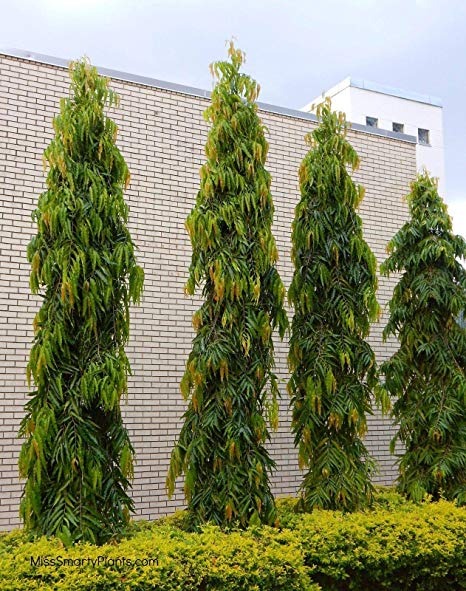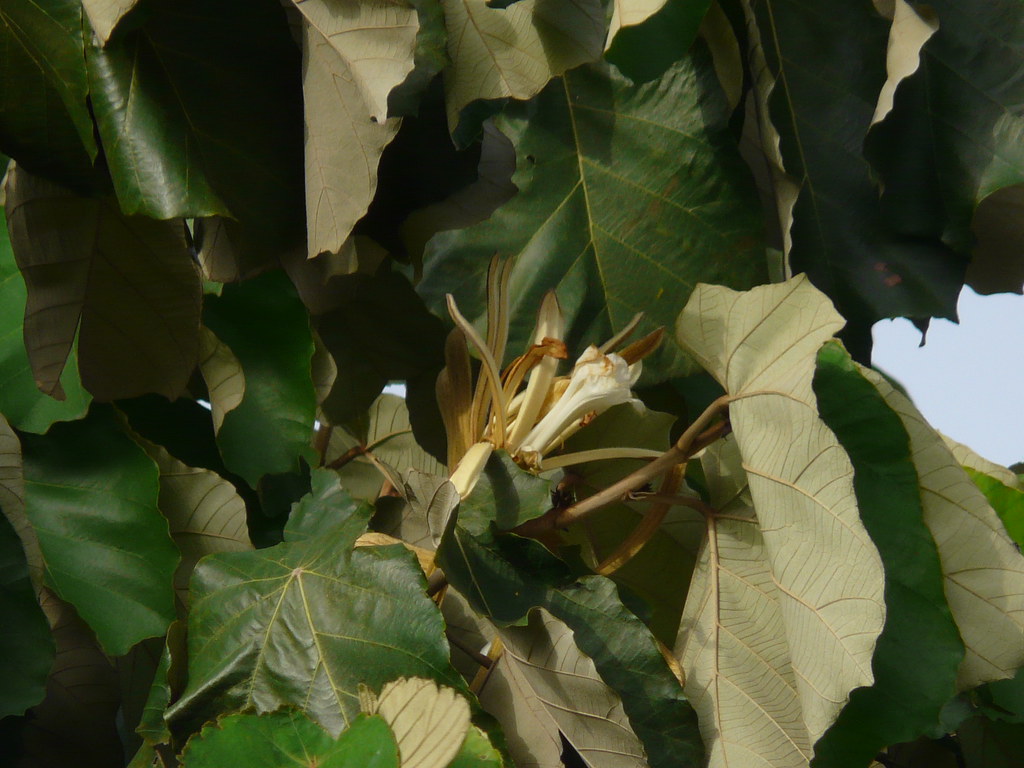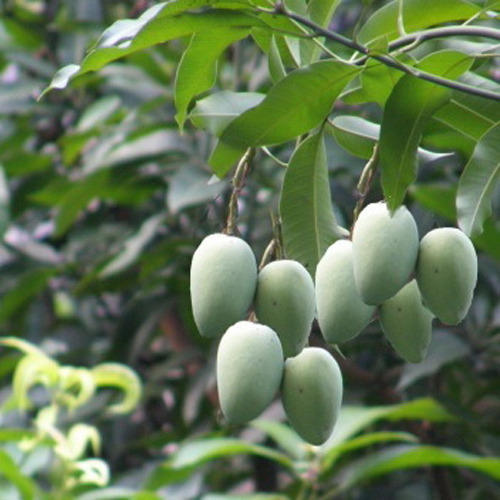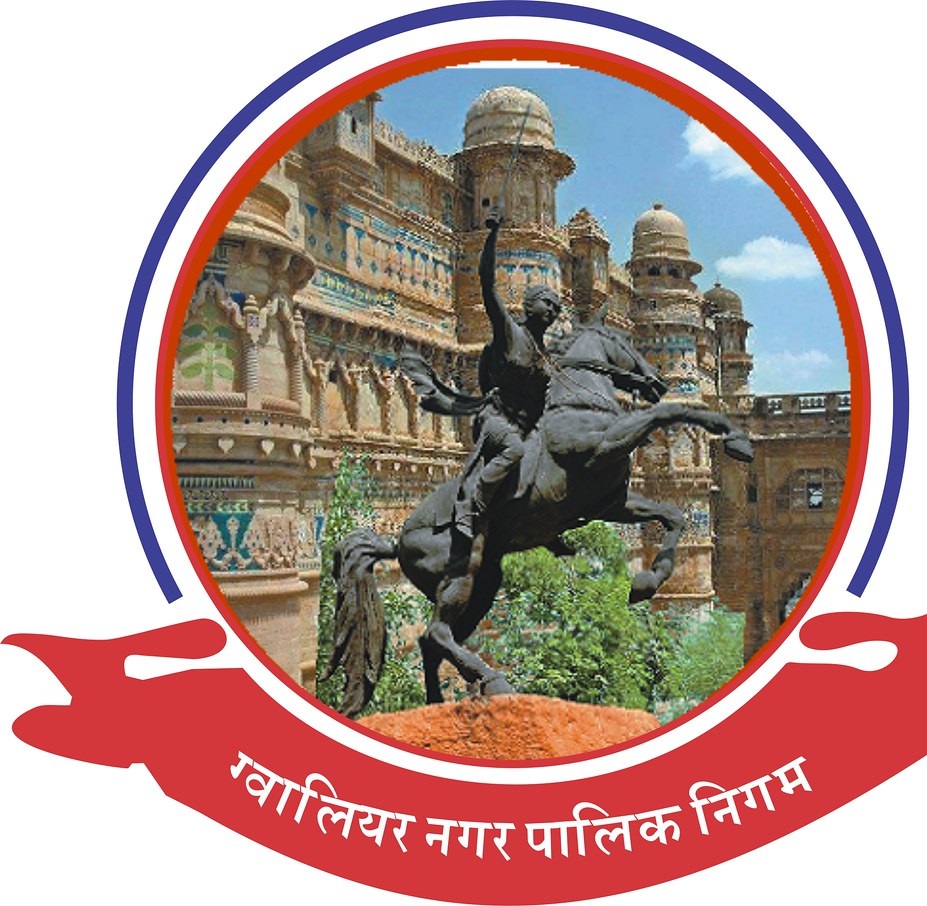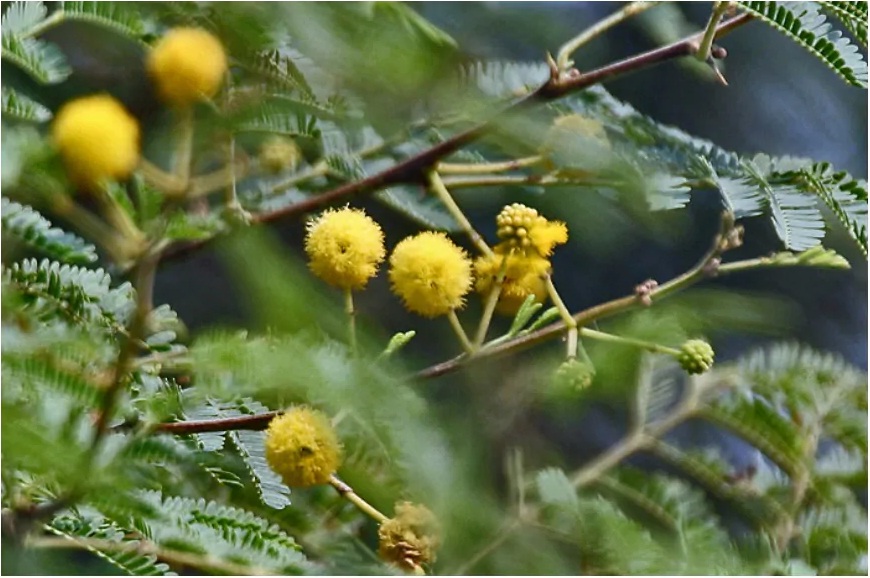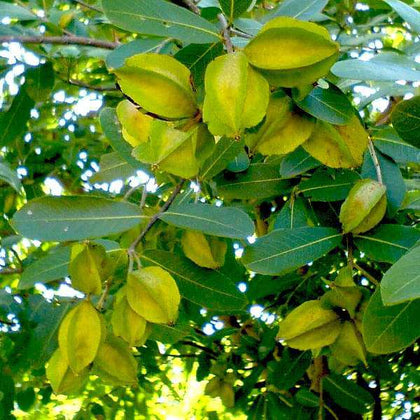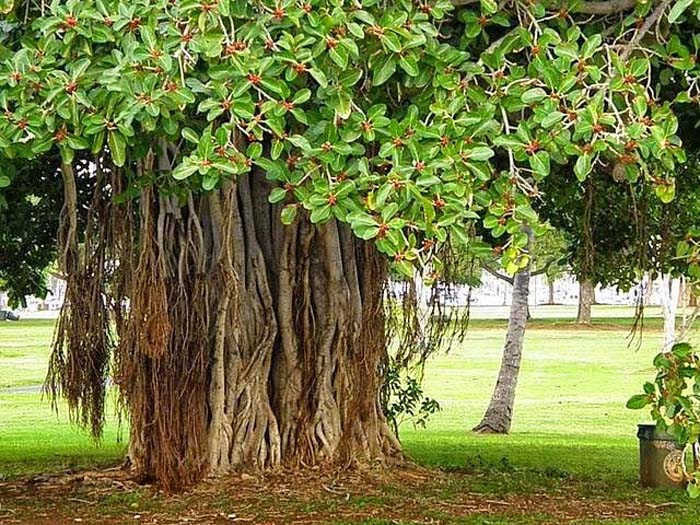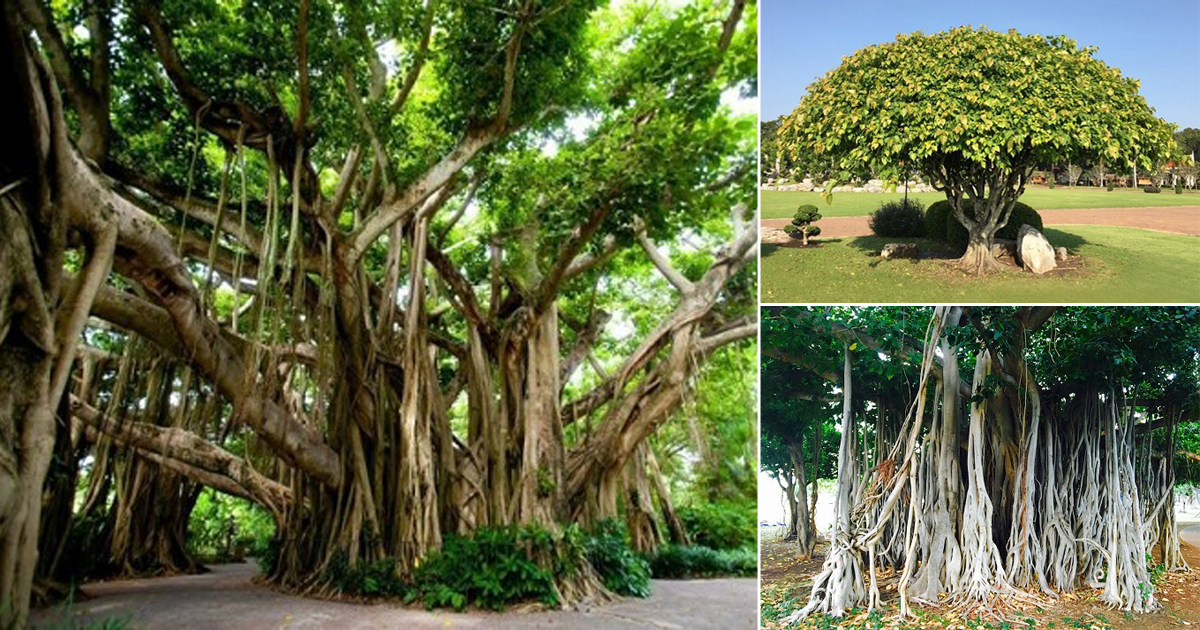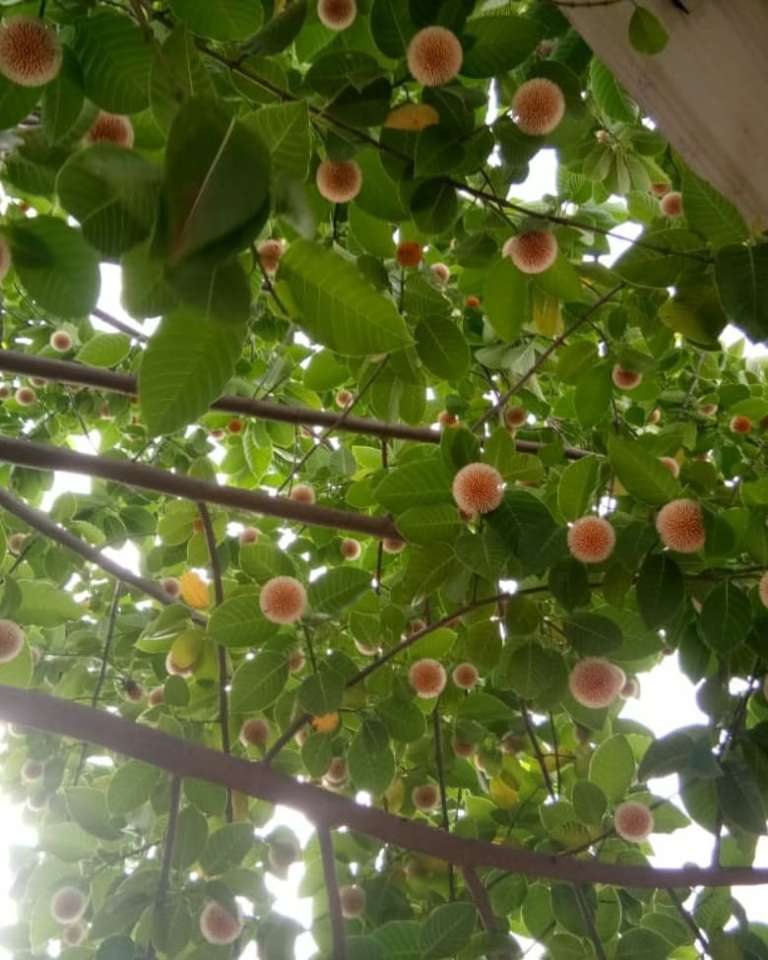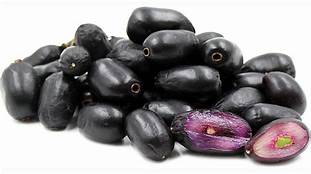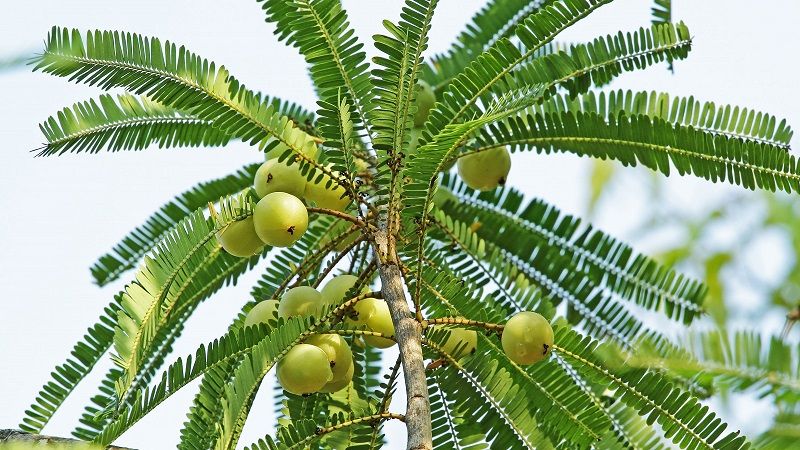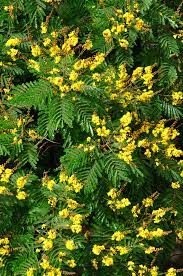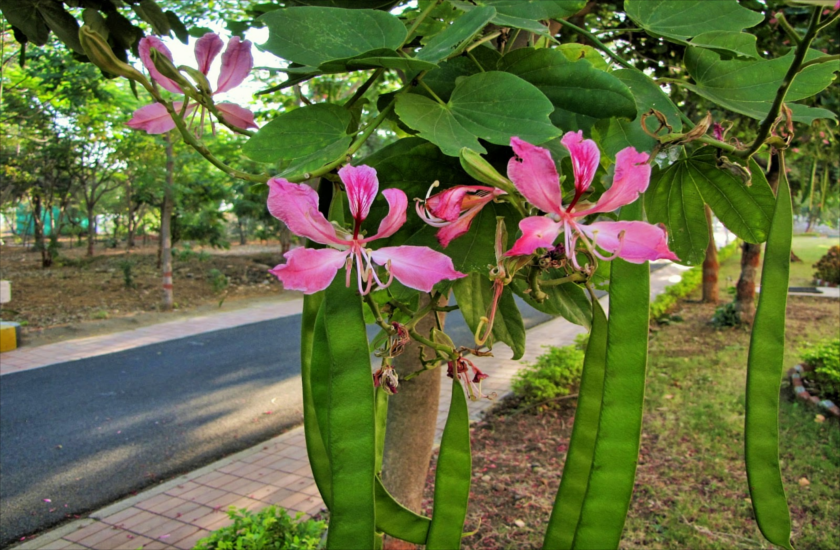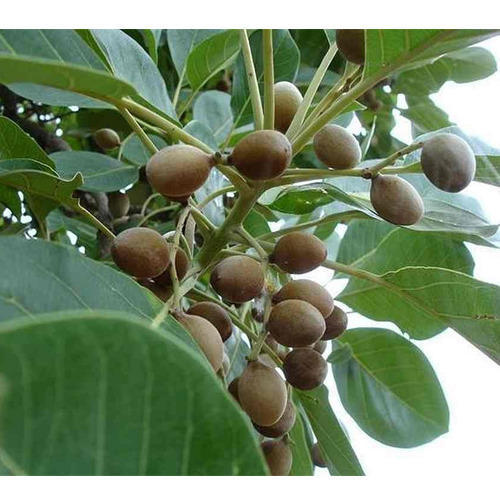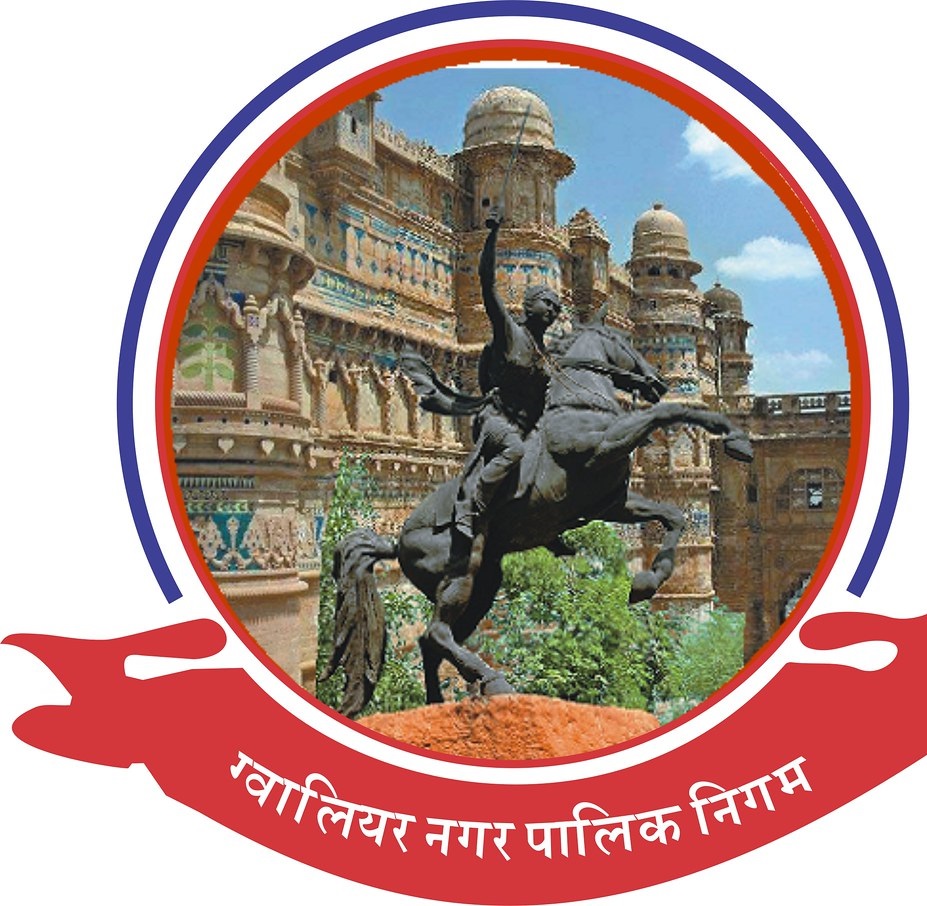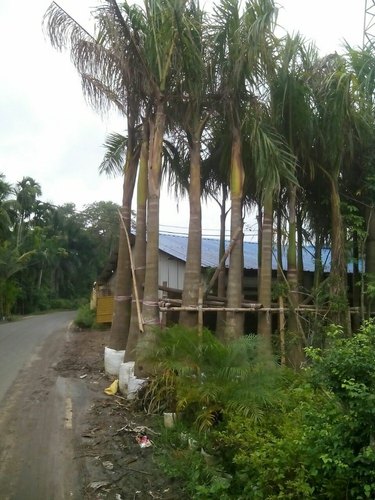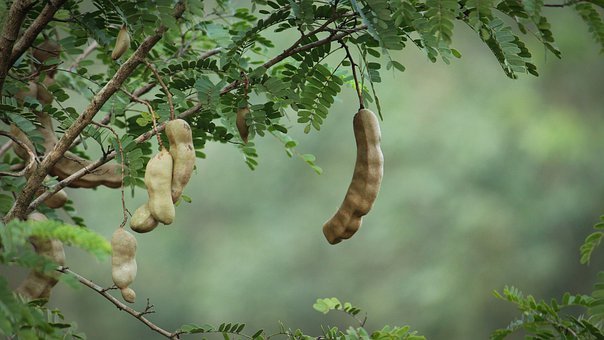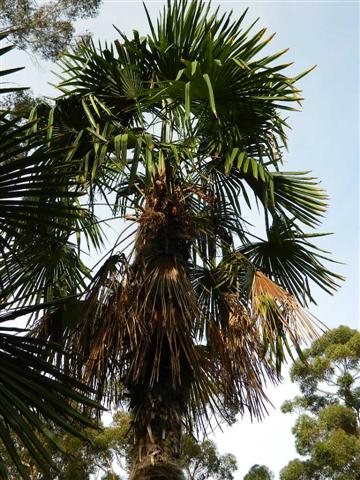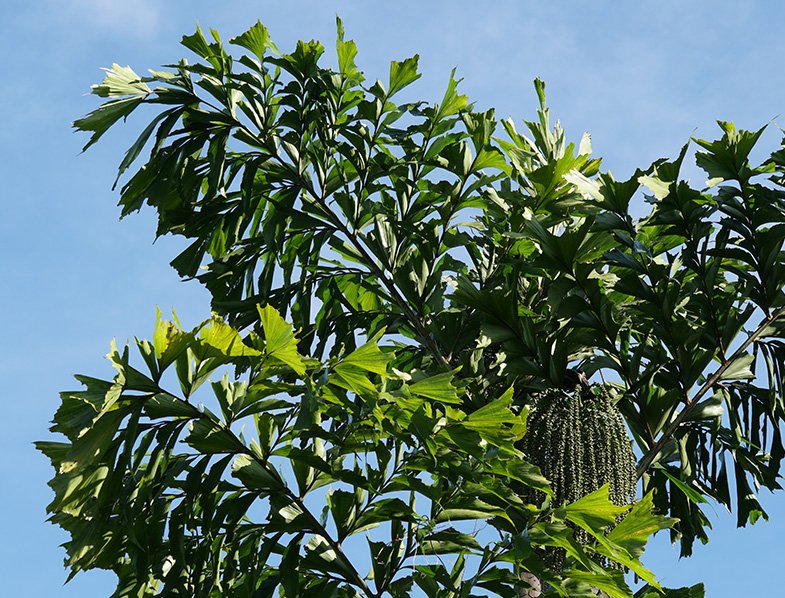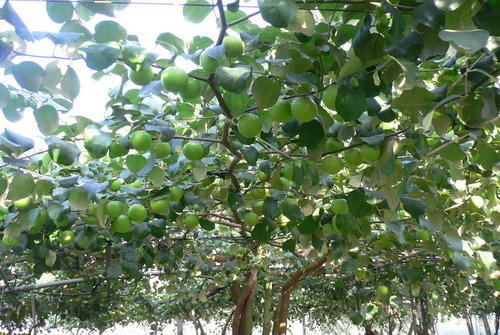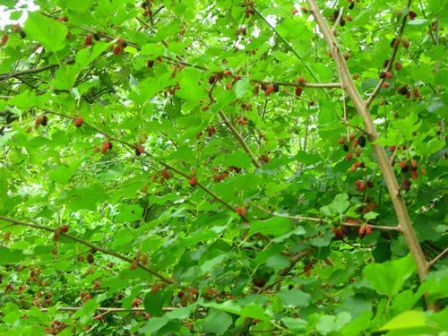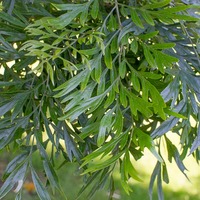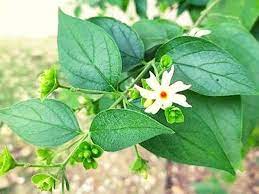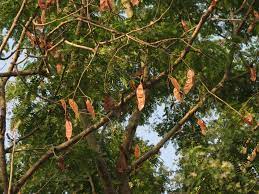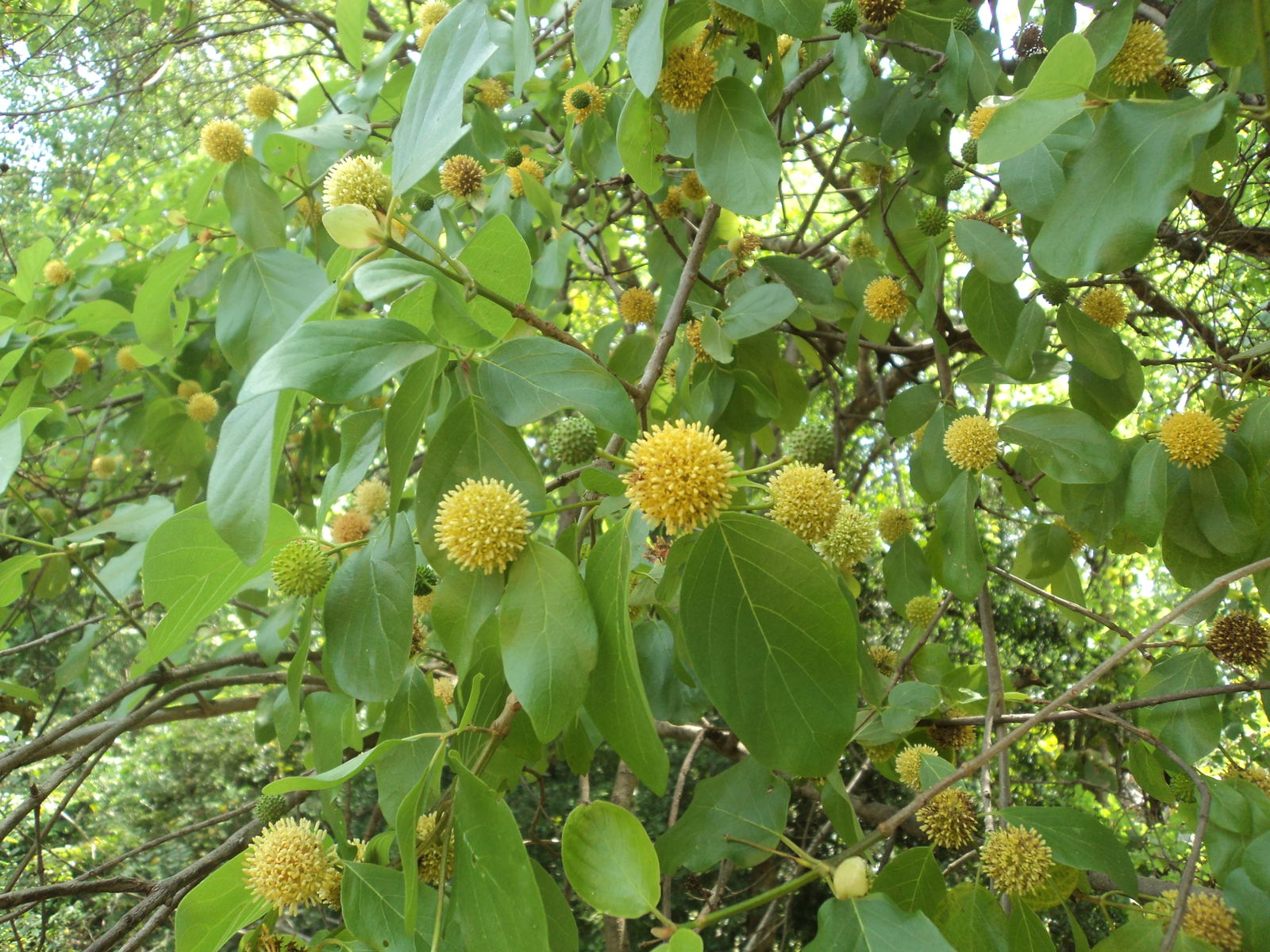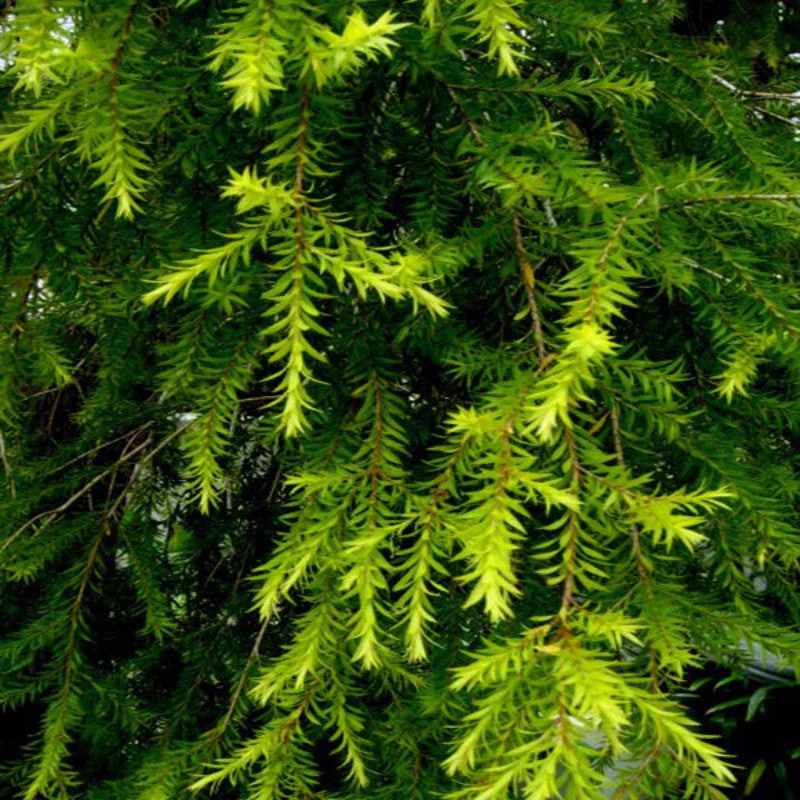*Botanical name:- Neolamarckia cadamba
*Local name - Burflower-tree, laran, Leichhardt pine, kadam, cadamba, White jabon, wild cinchona.
*Family - Rubiaceae
* Medicinal used - Kadamba (Neolamarckia Cadamba) is an ayurvedic medicine used for treating diabetes. It is also beneficial for the management of infections caused by a range of organisms. This herb is known to possess strong medicinal properties, which help to improve the health of the person.
*औषधीय प्रयोग - कदंबा (नियोलामार्किया कदंबा) मधुमेह के इलाज के लिए इस्तेमाल की जाने वाली एक आयुर्वेदिक दवा है। यह जीवों की एक श्रृंखला के कारण होने वाले संक्रमण के प्रबंधन के लिए भी फायदेमंद है। यह जड़ी बूटी मजबूत औषधीय गुणों के लिए जानी जाती है, जो व्यक्ति के स्वास्थ्य को बेहतर बनाने में मदद करती है।
Anti-diabetic activity- Frequent use of Kadamba is highly beneficial for the patients suffering from diabetes mellitus. It is a metabolic disorder characterized by increased levels of blood sugar due to the alterations in the metabolism of carbohydrates.
It occurs due to the reduced production of insulin in the pancreas or the inability of the body’s cells to respond to the insulin in an appropriate way. As a result of these abnormalities, the carbohydrates consumed by the person cannot be metabolized leading to high blood sugar levels.
मधुमेह विरोधी गतिविधि- डायबिटीज मेलिटस से पीड़ित रोगियों के लिए कदंब का बार-बार उपयोग अत्यधिक फायदेमंद होता है। यह एक चयापचय विकार है जो कार्बोहाइड्रेट के चयापचय में परिवर्तन के कारण रक्त शर्करा के स्तर में वृद्धि की विशेषता है।
यह अग्न्याशय में इंसुलिन के कम उत्पादन या शरीर की कोशिकाओं की इंसुलिन को उचित तरीके से प्रतिक्रिया करने में असमर्थता के कारण होता है। इन असामान्यताओं के परिणामस्वरूप, व्यक्ति द्वारा उपभोग किए गए कार्बोहाइड्रेट को उच्च रक्त शर्करा के स्तर के कारण चयापचय नहीं किया जा सकता है।
Cancer- Kadamba produces a significant antitumor activity. It is used in the management of several forms of cancer including prostate cancer, colon cancer, breast cancer, and esophageal cancer.
Cancer occurs due to the propagation of the abnormal cells in any organ in an uncontrolled way. These abnormal cells have a high tendency to spread to the surrounding as well as the distant healthy tissues resulting in the spread of cancer.
कैंसर- कदंबा एक महत्वपूर्ण एंटीट्यूमर गतिविधि पैदा करता है। इसका उपयोग प्रोस्टेट कैंसर, पेट के कैंसर, स्तन कैंसर और एसोफैगल कैंसर सहित कई प्रकार के कैंसर के प्रबंधन में किया जाता है।
कैंसर किसी भी अंग में असामान्य कोशिकाओं के अनियंत्रित तरीके से फैलने के कारण होता है। इन असामान्य कोशिकाओं में आसपास के साथ-साथ दूर के स्वस्थ ऊतकों में फैलने की उच्च प्रवृत्ति होती है जिसके परिणामस्वरूप कैंसर फैलता है।
Fungal infections- Kadamba produces a strong antifungal action. It can be used to treat fungal infections of the skin, and ears. The extract of the leaf and bark of this herb produce an antifungal activity, which helps to eliminate the fungi. It can also be used to treat infections caused due to a wide range of fungi including Candida Albicans and Aspergillus Fumigatus.
फफूंद संक्रमण- कदंब एक मजबूत एंटिफंगल क्रिया पैदा करता है। इसका उपयोग त्वचा और कानों के फंगल संक्रमण के इलाज के लिए किया जा सकता है। इस जड़ी बूटी की पत्ती और छाल का अर्क एक एंटिफंगल गतिविधि उत्पन्न करता है, जो कवक को खत्म करने में मदद करता है। इसका उपयोग कैंडिडा अल्बिकन्स और एस्परगिलस फ्यूमिगेटस सहित कवक की एक विस्तृत श्रृंखला के कारण होने वाले संक्रमण के इलाज के लिए भी किया जा सकता है।
Musculo-skeletal diseases- Kadamba is quite beneficial to treat the joint and muscle disorders like arthritis, muscle stiffness, and rheumatism. It acts as a natural analgesic and anti-inflammatory agent. It contains flavonoids like quercetin, daidzein, silymarin apigenin, and genistein, which help to provide relief from the pain and stiffness caused due to the musculoskeletal disorders.
पेशीय-कंकाल के रोग- कदंब जोड़ों और मांसपेशियों के विकारों जैसे गठिया, मांसपेशियों में अकड़न और गठिया के इलाज के लिए काफी फायदेमंद है। यह एक प्राकृतिक एनाल्जेसिक और विरोधी भड़काऊ एजेंट के रूप में कार्य करता है। इसमें क्वेरसेटिन, डेडेज़िन, सिलीमारिन एपिजेनिन और जेनिस्टीन जैसे फ्लेवोनोइड्स होते हैं, जो मस्कुलोस्केलेटल विकारों के कारण होने वाले दर्द और जकड़न से राहत प्रदान करने में मदद करते हैं।
Antibacterial activity- Kadamba can be used to treat infections caused due to bacteria. It helps to treat infections in the skin, digestive tract, nervous system, bones, eyes, and ears.
जीवाणुरोधी गतिविधि- कदंब का उपयोग बैक्टीरिया के कारण होने वाले संक्रमण के इलाज के लिए किया जा सकता है। यह त्वचा, पाचन तंत्र, तंत्रिका तंत्र, हड्डियों, आंखों और कानों में संक्रमण का इलाज करने में मदद करता है।
other uses( अन्य उपयोग )-
1. Paste of the leaves of kadamba are tied over the wound or area affected with localized pain and swelling to reduce the complaints.
दर्द और सूजन- को कम करने के लिए कदंब के पत्तों का लेप घाव या स्थानीय दर्द और सूजन से प्रभावित क्षेत्र पर बांधा जाता है।
2. Decoction of the bark of Neolamarckia cadamba is used to wash the infected wound.
नियोलामार्किया कदंबा की छाल का काढ़ा संक्रमित घाव को धोने के लिए प्रयोग किया जाता है।
3. Decoction of the bark of the plant is used for gargling to treat mouth ulcers and inflammation of the gums.
मुंह के छालों और मसूड़ों की सूजन के इलाज के लिए पौधे की छाल का काढ़ा गरारे करने के लिए प्रयोग किया जाता है।
4. Decoction of kadamba is taken in a dose of 30-40 ml to treat diarrhea and irritable bowel syndrome.
दस्त और इर्रिटेबल बाउल सिंड्रोम के इलाज के लिए कदंब का काढ़ा 30-40 मिलीलीटर की मात्रा में लिया जाता है।
5. Powder of the bark of the tree is given with sugar candy in a dose of 5-6 g to treat nausea and vomiting.
पेड़ की छाल का चूर्ण मिश्री के साथ 5-6 ग्राम की मात्रा में देने से जी मिचलाना और उल्टी ठीक हो जाती है।
6. Juice of the fruit of kadamba is given in a dose of 40-50 ml to treat excessive sweating, thirst and burning sensation of the body.
कदंब के फल का रस 40-50 मिलीलीटर की मात्रा में शरीर के अत्यधिक पसीने, प्यास और जलन के इलाज के लिए दिया जाता है।
7. Decoction of the root of Neolamarckia cadamba is taken in dose of 30-40 ml to treat urinary tract infection and renal calculi.
मूत्र पथ के संक्रमण और गुर्दे की पथरी के इलाज के लिए Neolamarckia cadamba की जड़ का काढ़ा 30-40 मिलीलीटर की मात्रा में लिया जाता है।
8. Decoction of the bark of the tree is consumed in a dose of 30-40 ml to treat fever.
बुखार के इलाज के लिए पेड़ की छाल का काढ़ा 30-40 मिलीलीटर की मात्रा में सेवन किया जाता है।
9. Paste of the bark of kadamba is applied over black spots and pimples.
कदंब की छाल का लेप काले धब्बों और फुंसियों पर लगाया जाता है।
11. Fresh juice of the leaf is consumed in a dose of 10-15 ml to treat leucorrhoea and increased menstrual flow.
ल्यूकोरिया और मासिक धर्म में वृद्धि के इलाज के लिए पत्ते के ताजा रस को 10-15 मिलीलीटर की खुराक में सेवन किया जाता है।
12. Fresh juice of the fruit is useful to increase the breast milk in lactating women.
स्तनपान कराने वाली महिलाओं में स्तन के दूध को बढ़ाने के लिए फलों का ताजा रस उपयोगी होता है।
13. Paste prepared from the bark of stem and leaf of kadamba is useful to treat pain, redness and itching due to insect bite.
कदंब के तने और पत्ते की छाल से बना लेप कीड़े के काटने से होने वाले दर्द, लालिमा और खुजली के इलाज के लिए उपयोगी होता है।
14. An extract of the leaves serves as a mouth gargle.
पत्तियों का अर्क मुंह से गरारा करने का काम करता है।
15. Decoction of bark skin is an effective remedy for diarrhea, dysentery and colitis.
दस्त, पेचिश और कोलाइटिस के लिए छाल की त्वचा का काढ़ा एक प्रभावी उपाय है।
Note:- यह एक सामान्य जानकारी है कृपया गम्भीर समस्या के लिए डॉक्टर से परामर्श लें धन्यवाद !
*Environmental uses-
The importance of our forests to the health of our planet cannot be overstated. One of the primary functions of trees is to consume CO2 from the atmosphere and release oxygen to it through the process of photosynthesis.
Improved Air Quality — Besides the oxygen they produce, trees absorb and store carbon dioxide. Trees also act as a filter by trapping and holding impurities, pollutants, and dust.
Environmental Control and Regulation — Mature trees within a city efficiently absorb CO2, reduce wind speeds, moisten the air through evapotranspiration, and can significantly reduce the temperature in a city by reflecting solar energy.
Prime Minister Narendra Modi on Friday planted a Kadamb tree at 7RCR on the occasion of World Environment Day to create awareness for environment.

